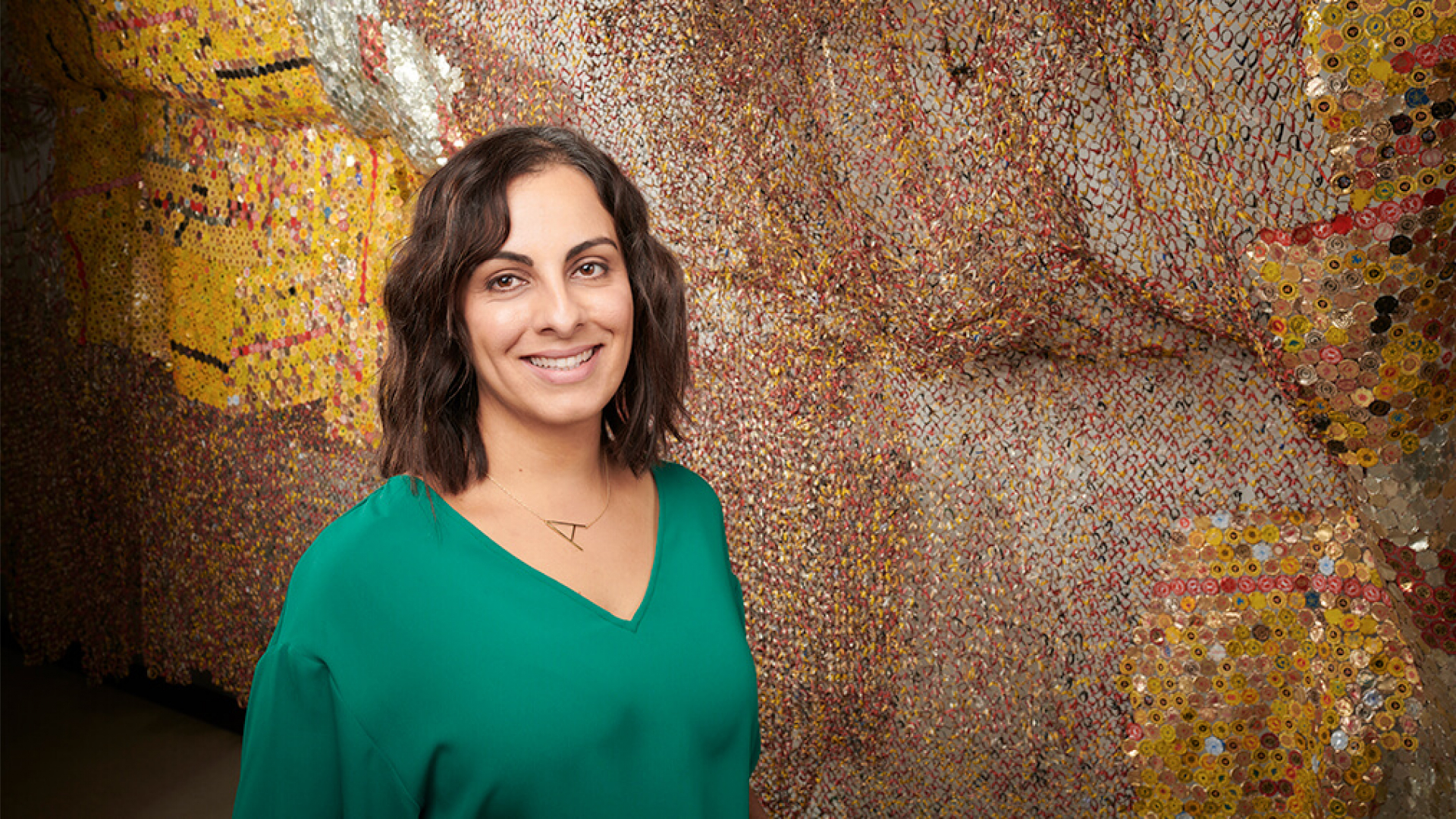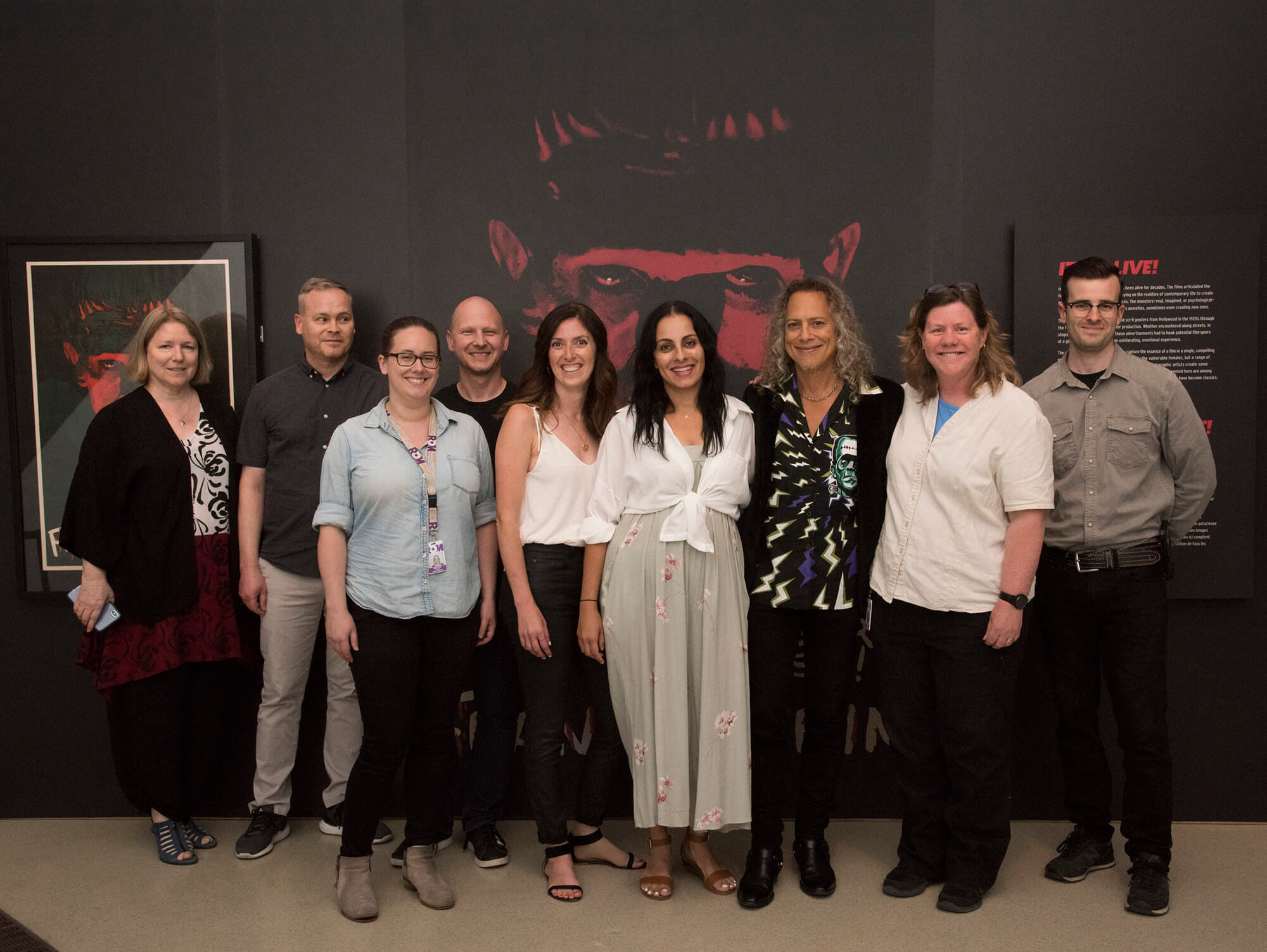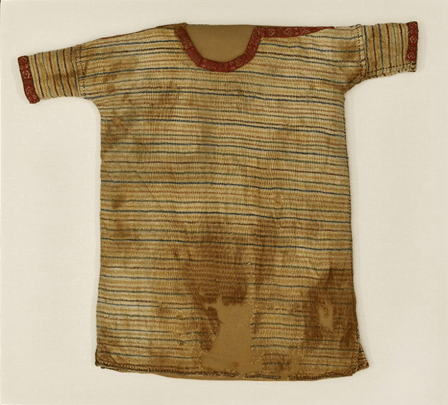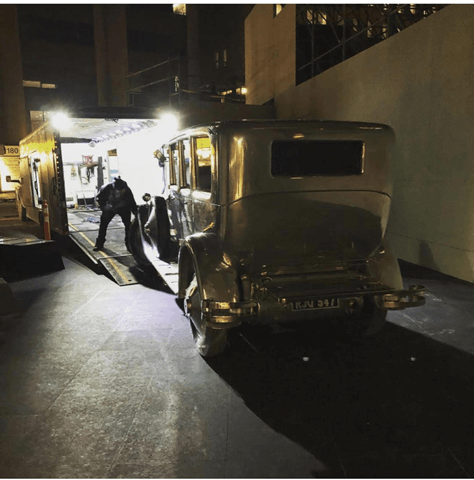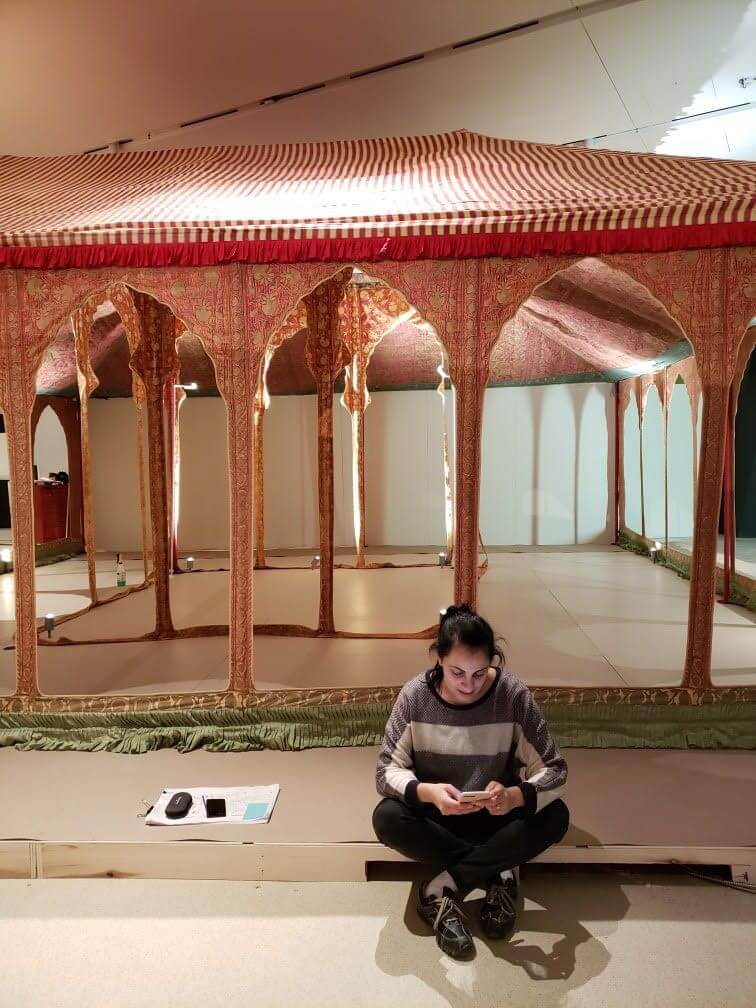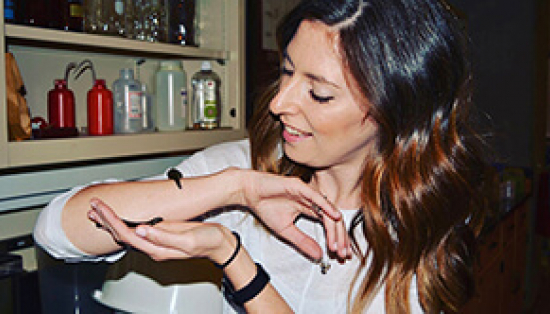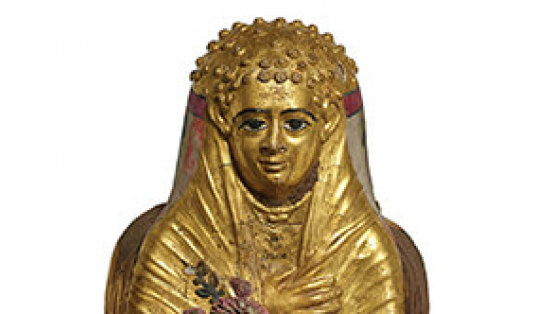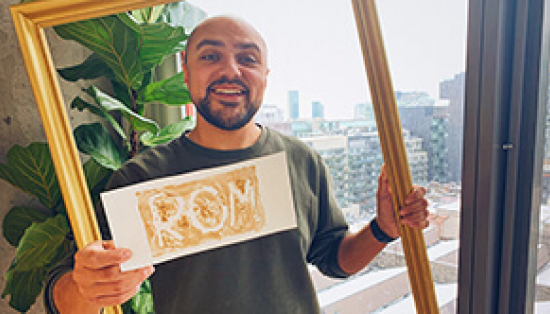Every Thursday at 10 am on Instagram we chat with a different ROM expert ready to answer your burning questions on a different subject. This week we’re talking to Amleet Mangat, a Project Manager at the Royal Ontario Museum. In this role, she manages ROM teams and external teams that develop, build, and install our exhibitions. Project management mostly entails communication, building up a collaborative team, and keeping it all moving forward within a set budget, scope, and schedule.
Amleet joined the ROM in 2006 and has spent the last decade on the PM team working on our ROM galleries of exhibitions, like Tattoos, Dior, Treasures of a Desert Kingdom, and Egyptian Mummies, as well as preparing a few exhibitions to travel around the world. She loves creating order out of what can sometimes feel like chaos!
Q. What challenges did you face completing the Egyptian Mummies exhibit during COVID?
A. To be honest, a personal challenge was to understand my own comfort and boundaries for returning to the office after months of working from home. I also spent a lot of time talking to my team and gauging how they were feeling about all the physical teamwork involved with building and installing this exhibition. We quickly settled into a safe routine for working together and the next challenges were sourcing materials, getting things delivered on time and of course, installing the collection with only virtual help from our friends from the British Museum.
Q. Where/how do you begin when managing an exhibition?
A. By asking a lot of questions! When you start a new project, you’re usually handed a project brief which outlines the scope and an approved budget. Before I start communicating about a project or chartering my team, I want to ensure I understand the business case and my stakeholder expectations for the project.
Q. Are displays with artifacts from international cultures collaborative, or does the ROM own the display?
A. The collection in the Egyptian Mummies exhibition is loaned to us by the British Museum. There are usually two kinds of exhibitions at the ROM, ones that we write, design and develop on our own (i.e. Blue Whale) and then sometimes we’ll borrow exhibitions developed by other Museums (i.e. Egyptian Mummies). Regardless of where the collection comes from, it’s still a lot of work for the team to develop, design, build and install the show.
By the way, we also like to share and travel our exhibitions, our Dior exhibition is at the McCord Museum right now!
Q. If I want to be a project manager in museums, what should I study in university?
A. I always say that a project manager doesn’t need to know how to do everything, but you do need to understand that project management is a constant balance of leadership and management. I would recommend that you find a program that allows you to develop and build up these two major skills sets and to seek student leadership opportunities while you’re in school.
From a very young age, I was running fundraisers and bake sales and that ultimately starting the pathway for me to become a project manager.
You might also want to check out the Project Management Institute.
Q. What’s your favourite project?
A. ROM Revealed weekend! I was asked to develop a tour of our collection storage rooms for ROMs 100th birthday. This was a daunting task as it was something that we have never done before at a large scale, but also a super creative project for me, and we were able to build our own process through brainstorming and collaboration. My favourite moment was seeing staff and volunteer come together to run this program as a team and I think we had just as much fun as the visitors!
Visitors naturally wrote responses on a departmental staff attendance board during the BOH tours. I love when things happen organically like this.
Q. What would be your favourite exhibit that you were in charge of?
A. I’m a huge horror movie fan so I was particularly excited when I was assigned to manage It’s Alive! Classic Horror and Sci-Fi Art from the Kirk Hammett Collection. A lot of the team assigned to the project were also fans of this movie genre, so we had a lot of fun working together! It was also pretty cool to have the opportunity to meet Kirk Hammett!
Q. What is your educational background? Any advice for new grads?
A. My undergraduate work is in Near Eastern Archaeology (Wilfrid Laurier) and shortly after I joined the Master of Museum Studies program at UofT.
I’m most proud of recently passing my PMP exam and gaining that certification from the Project Management Institute. I’d suggest if you want to enter the project management field you start your research there!
Q. What is your favourite mummy/part of the mummy exhibit?
A. My favourite thing about this exhibition is how relatable it is to my own life and anytime I see this tunic in the show, I think of all the similar t-shirts my 4-year-old son Milan has in his closet and it makes me smile. ?
It just amazes me that the fashion from Ancient Egypt continues into the present. There are many other items like this in the exhibition that show me how connected we all are with the way we live and the things we wear, eat or play with.
Q. Do you have any stories about a funny mishap that happened while setting up an exhibit?
A. Okay so...when a project manager hears the word mishap, we naturally associate that with a potential delay in schedule or an unexpected cost = stressful!
It’s never funny in the moment but I think in hindsight, when I reflect on the challenges of safely getting a Rolls Royce through our front doors at 5am, in the middle of our February winter weather, with doors that didn’t quite come apart as I thought they would.... it’s a little funny, but only a little. I’m thankful for the team that helped me problem solve that one!
Q. How does this exhibition present familiar subject matter like mummies in a new way?
A. Good question and that’s one I asked myself when I was first assigned this project well over a year ago. I think the exhibition creates a narrative that really builds your understanding of these 6 individuals as real people. I like the way I can resonate with everyday items in the collection like music, food, toys, makeup and clothes. I also think the CT scans in the exhibition show a detailed look in their lives that we don’t always get to see. We get a glimpse of their health issues and it makes me especially grateful for the health care we have today.
Q. What is the most challenging part of making an exhibition?
A. I’d say keeping calm and cool, no matter what challenges are placed in your path when building the exhibition. We often have a short window to build the exhibition before we move on to the installation of the objects. Sometimes things break or aren’t built the right way, or the measurements of the object are off, and we need to rebuild something at the last minute!
Yes, I’m not happy when these things happen but I try to focus on moving forward, capturing the learnings and ultimately, getting our exhibitions opened on time.

